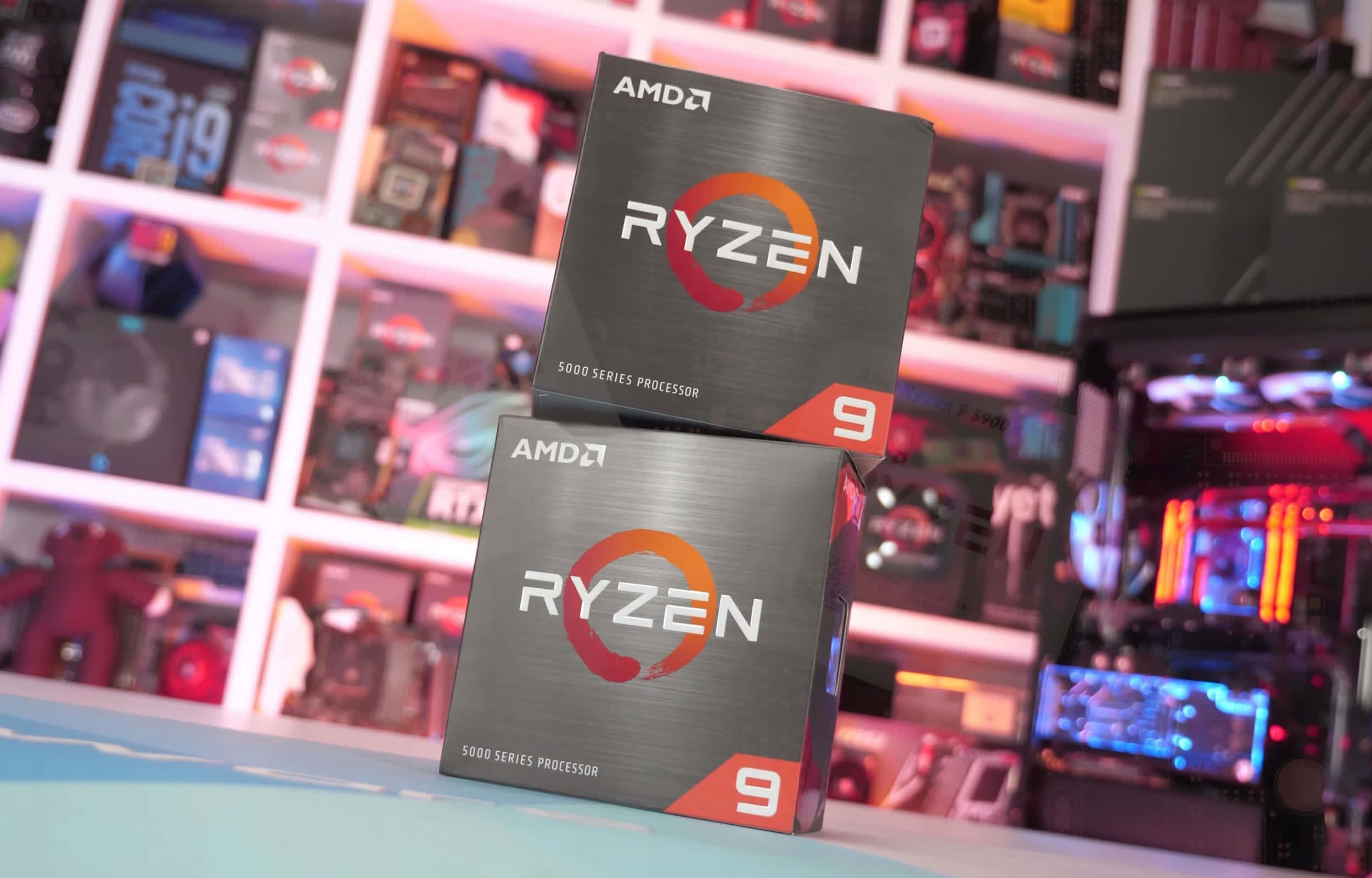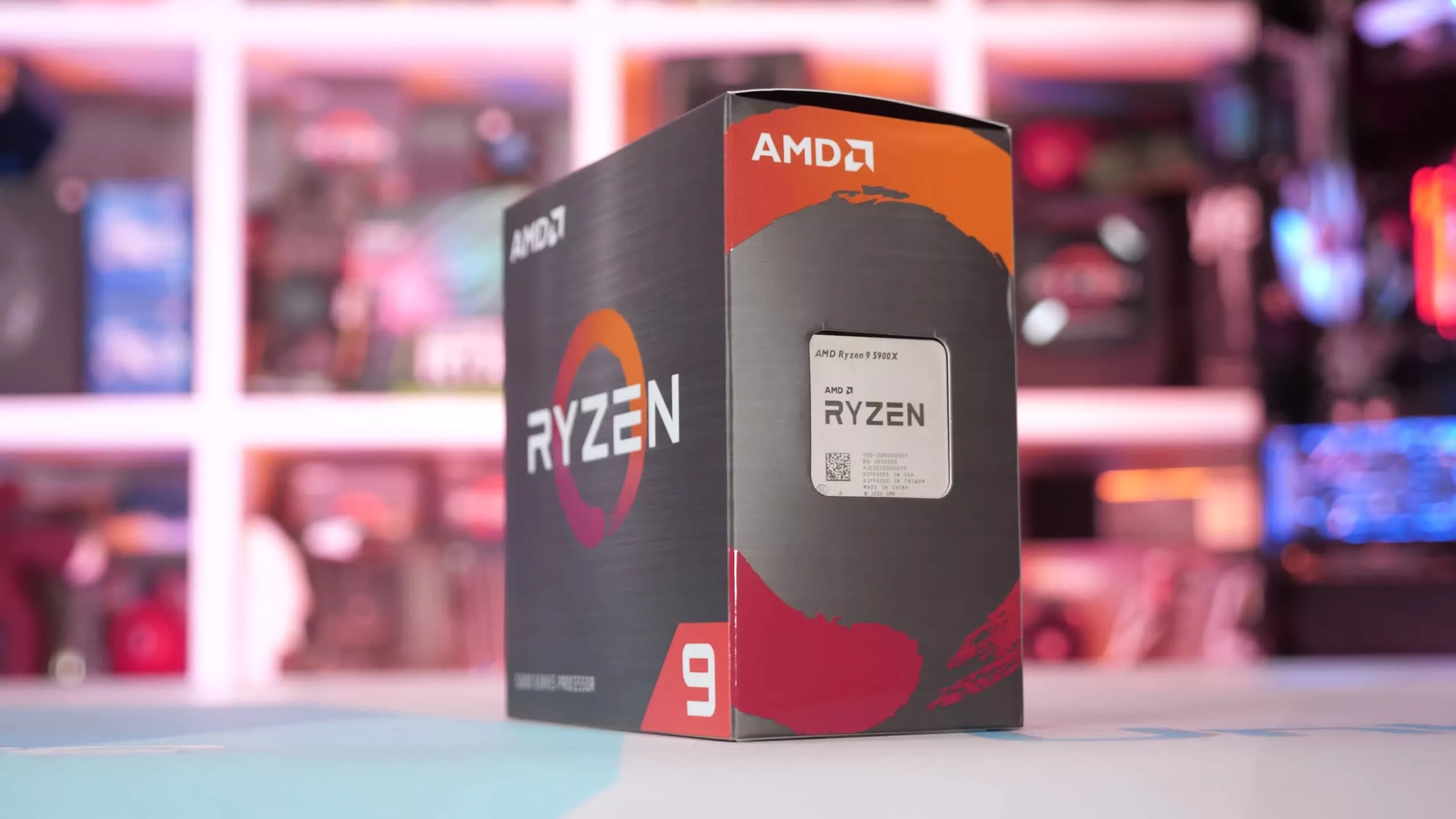TL;DR: AMD has come out publicly to confirm the recently spotted B2-stepping Ryzen processors indeed exist, but they won't bring any significant performance improvements over their predecessors. According to an AMD representative, the new B2 revision is the result of an enhanced manufacturing process and should be available over the next six months.

The leak suggesting that AMD was possibly launching the Ryzen 5000XT series as B2 stepping CPUs included two SKUs: a 16-core CPU with a 3.4GHz base clock and a 5.0GHz boost clock, and a 6-core part with a 3.7GHz base clock and a 4.6GHz boost clock.
After being questioned about this development, AMD made a statement confirming that these are not new processors. The new B2 stepping processors are just the same as the Ryzen 5000 chips currently available, which are on the B0 stepping. The only difference is that they result from a new manufacturing process.
Also read: Top 5 Best CPUs
"In continuous efforts to enhance our manufacturing and logistics capabilities, AMD is gradually transitioning the AMD Ryzen 5000 Series desktop processors to a 'B2' revision over the next 6 months. There are no feature, function, or performance enhancements to the B2 revision, and no BIOS update is required," said an AMD representative.

It's very common for chip makers to release new product revisions when replacing some components, improving processes, squashing bugs, or some others. Although AMD hasn't confirmed the reason to create a new revision, it's possible that the B2 CPUs will come with slight adjustments to improve their yields, therefore increasing the Ryzen 5000 series production and stock.
Another plausible explanation for a new Ryzen 5000 revision would be to fix the PSF vulnerabilities introduced in the Zen3 chips and/or the Spectre vulnerabilities found in the micro-op cache of Zen-based processors. Bottom line, most end-users won't be able to distinguish a Ryzen 5000 B0 CPU from a B2 CPU.
https://www.techspot.com/news/89746-amd-ryzen-5000-b2-revision-cpus-wont-offer.html